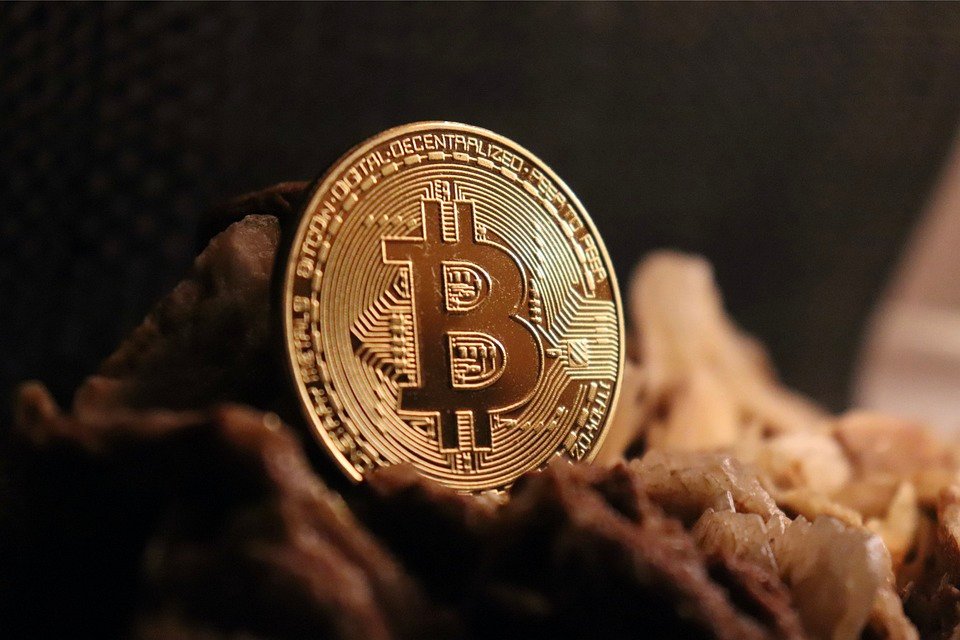Tokenization – the process of converting assets into digital tokens on a blockchain network – has the potential to revolutionize how we exchange and trade assets. From real estate and stocks to art and intellectual property, tokenization offers new opportunities for fractional ownership, increased liquidity, and enhanced security. However, as with any new technology, there are also challenges that must be addressed.
One of the key benefits of tokenization is the ability to fractionalize assets, allowing investors to buy and sell fractions of high-value assets that were previously out of reach. This can democratize access to investments and open up new opportunities for diversification. For example, with tokenized real estate, investors can purchase small portions of a property instead of having to invest in the entire property.
Tokenization also has the potential to increase liquidity in traditionally illiquid markets. By creating a digital representation of an asset that can be easily traded on a blockchain platform, investors can buy and sell assets more quickly and efficiently. This can also help reduce transaction costs and make investing more accessible to a larger audience.
Additionally, tokenization can provide increased security and transparency. By recording all transactions on a blockchain network, investors can verify the authenticity of assets and track ownership more easily. This can help reduce fraud and improve trust in the investment process.
However, there are also challenges that must be overcome in order for tokenization to reach its full potential. One of the biggest challenges is regulation. Many countries have yet to establish clear guidelines for tokenized assets, which can create uncertainty for investors and hinder the growth of the market. In addition, there are concerns around security and privacy, as malicious actors may try to exploit vulnerabilities in blockchain networks.
Another challenge is the lack of standardization in the tokenization process. Different platforms may use different protocols and technologies, which can make it difficult for investors to navigate the market. In order to achieve widespread adoption, there needs to be more consistency and interoperability across blockchain networks.
Despite these challenges, the potential of tokenization is undeniable. By unlocking new opportunities for fractional ownership, liquidity, and security, tokenization has the power to reshape how we exchange and trade assets. As the market continues to evolve and mature, it will be essential for regulators, investors, and developers to work together to address these challenges and unlock the full potential of tokenization.




